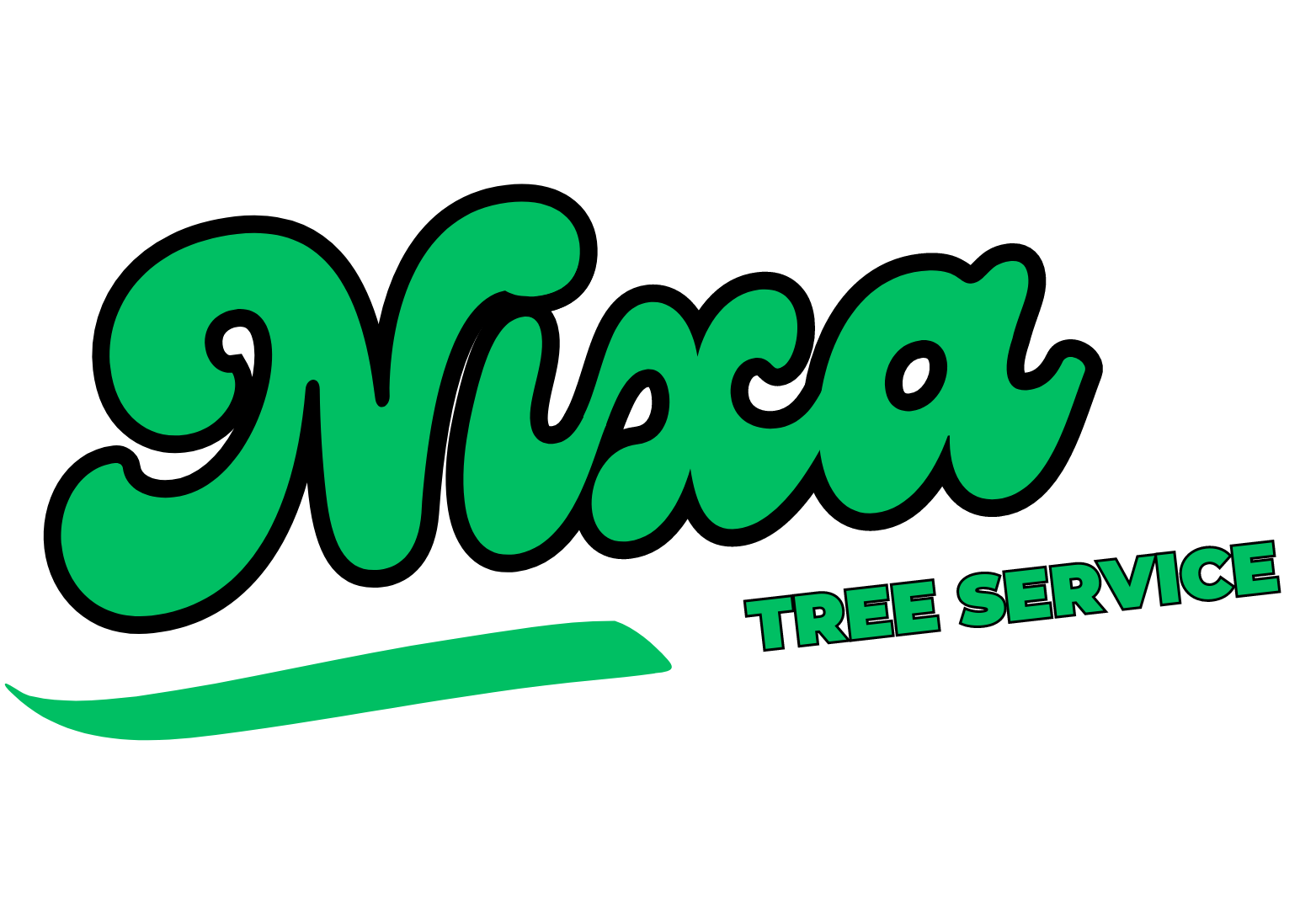Nixa Tree Service
Your Trusted Tree Experts in Nixa
Welcome to Nixa Tree Service, your trusted experts in tree removal, tree trimming, tree cutting, tree pruning, and tree stump removal in Nixa, MO. With our commitment to quality, we ensure your trees are in the best hands. Enjoy the beauty of Nixa with peace of mind!
Why Choose Us?
-
Expert Tree Arborists
Our certified arborists and skilled team provide top-notch tree care services, ensuring your trees are healthy and your property is safe. We bring years of experience and expertise to every job, delivering results you can trust.
-
Local and Community-Focused
As a proud Nixa, MO business, we understand the unique needs of our community. We’re committed to serving our neighbors with personalized care and attention, supporting local events, and keeping Nixa beautiful.
-
Comprehensive Tree Services
From tree removal and trimming to stump grinding, we offer a full range of tree care services to meet all your needs. Our all-in-one approach means you can rely on us for every aspect of tree maintenance and care.
-
Customer Satisfaction Guaranteed
At Nixa Tree Service, your satisfaction is our top priority. We take pride in our work and strive to exceed your expectations with every project. Our friendly mascot, Nixie, symbolizes our dedication to quality and happy customers.
Get A Fast Quote
Contact Us
Thank you for contacting us. We will get back to you as soon as possible.
Oops, there was an error sending your message. Please try again later.
Our Expert Nixa Tree Services
At Nixa Tree Service, we offer a comprehensive range of tree care solutions to keep your property safe and beautiful. Our skilled team handles everything from tree removal to stump grinding with the utmost care and professionalism. Discover how our services can benefit you.
Tree Removal
Our team safely removes unwanted or hazardous trees, ensuring your property is protected and pristine. Trust us to handle even the toughest tree removal jobs with expertise and efficiency.
Tree Trimming
Enhance the health and appearance of your trees with our professional trimming services. We carefully shape and trim your trees to promote growth and maintain their natural beauty.
Tree Cutting
Our precise tree cutting services are designed to manage overgrown or dangerous branches. We ensure safety and accuracy in every cut to keep your trees healthy and your property secure.
Tree Pruning
Promote healthy growth and improve the aesthetics of your trees with our expert pruning services. We remove dead or overgrown branches, allowing your trees to thrive and look their best.
Tree Stump Removal
Get rid of unsightly tree stumps with our comprehensive stump removal services. We completely remove stumps from your property, leaving it clean and ready for your next project.
Tree Stump Grinding
Our stump grinding services eliminate stumps below ground level, preventing regrowth and enhancing the appearance of your landscape. Enjoy a smooth and safe yard with our professional grinding solutions.
What Our Clients Say
Hear from our satisfied customers who trust Nixa Tree Service for all their tree care needs in Nixa, MO. From tree removal to stump grinding, see why our clients love our professional and reliable service.
Exceptional service from Nixa Tree Service! They safely removed a large tree close to our home with precision and care. Highly recommend them for any tree removal needs.
Sarah P.
Nixa, MO

Nixa Tree Service did an amazing job trimming our trees. Our yard looks beautiful and well-maintained. Their team was professional, friendly, and efficient.
Mark R.
Nixa, MO

Had a stubborn stump that needed grinding, and Nixa Tree Service handled it perfectly. The team was prompt and left the area clean. Great tree stump grinding service!
Emily L.
Nixa, MO

Stay Rooted with Nixa Tree Service
Discover expert tips, tree care advice, and the latest news in the world of arboriculture. Our blog keeps you informed and helps you maintain the beauty and health of your trees year-round.
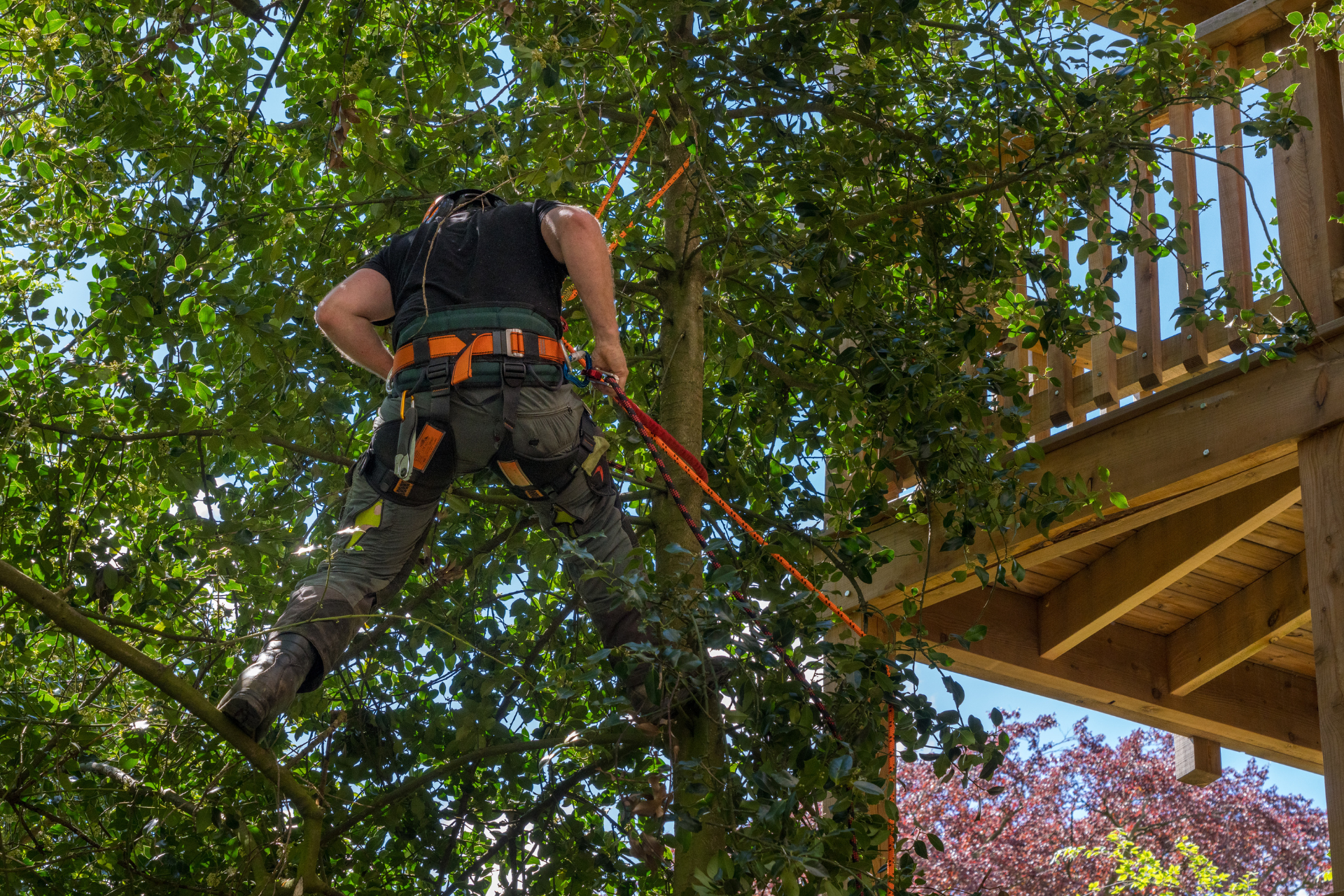
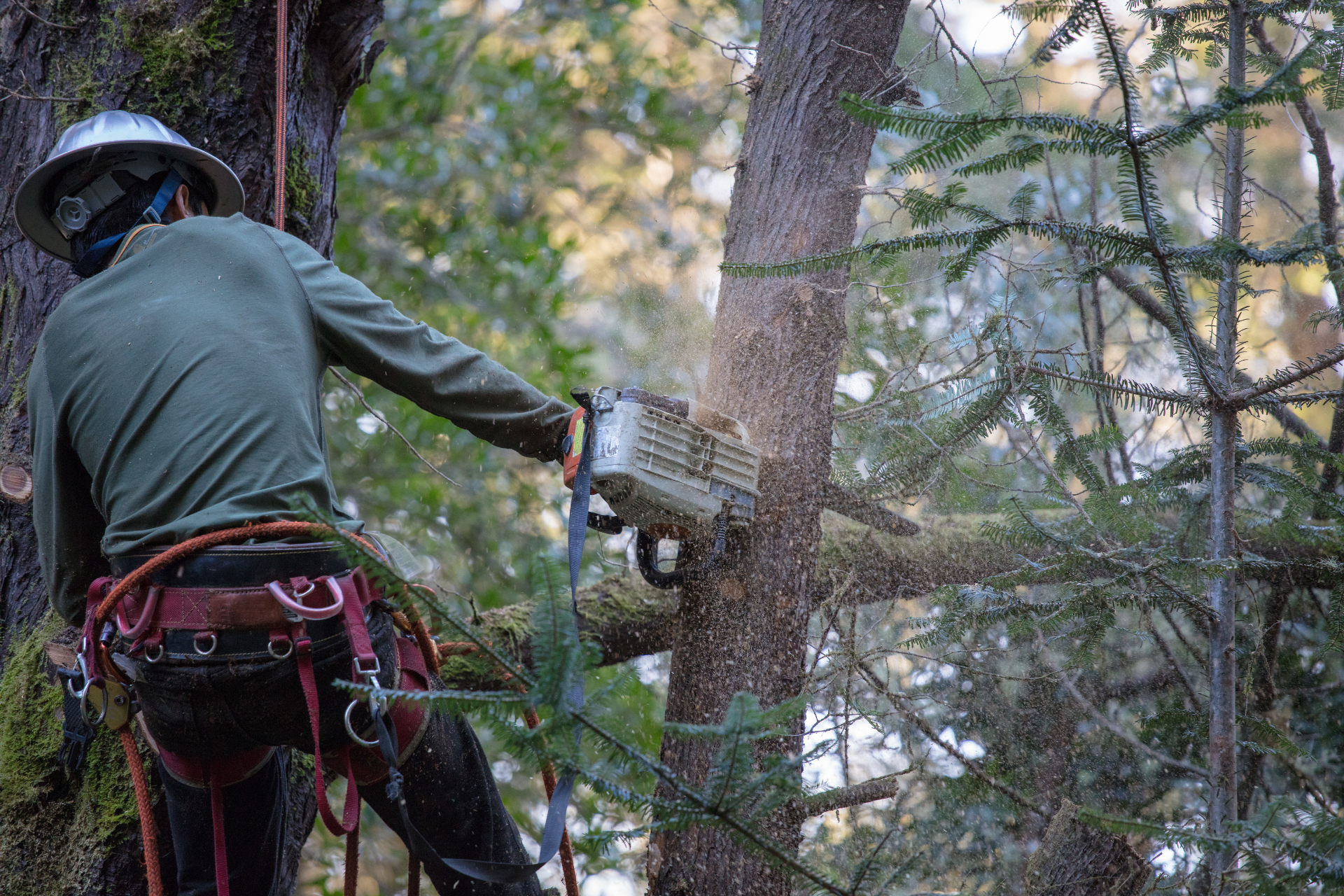

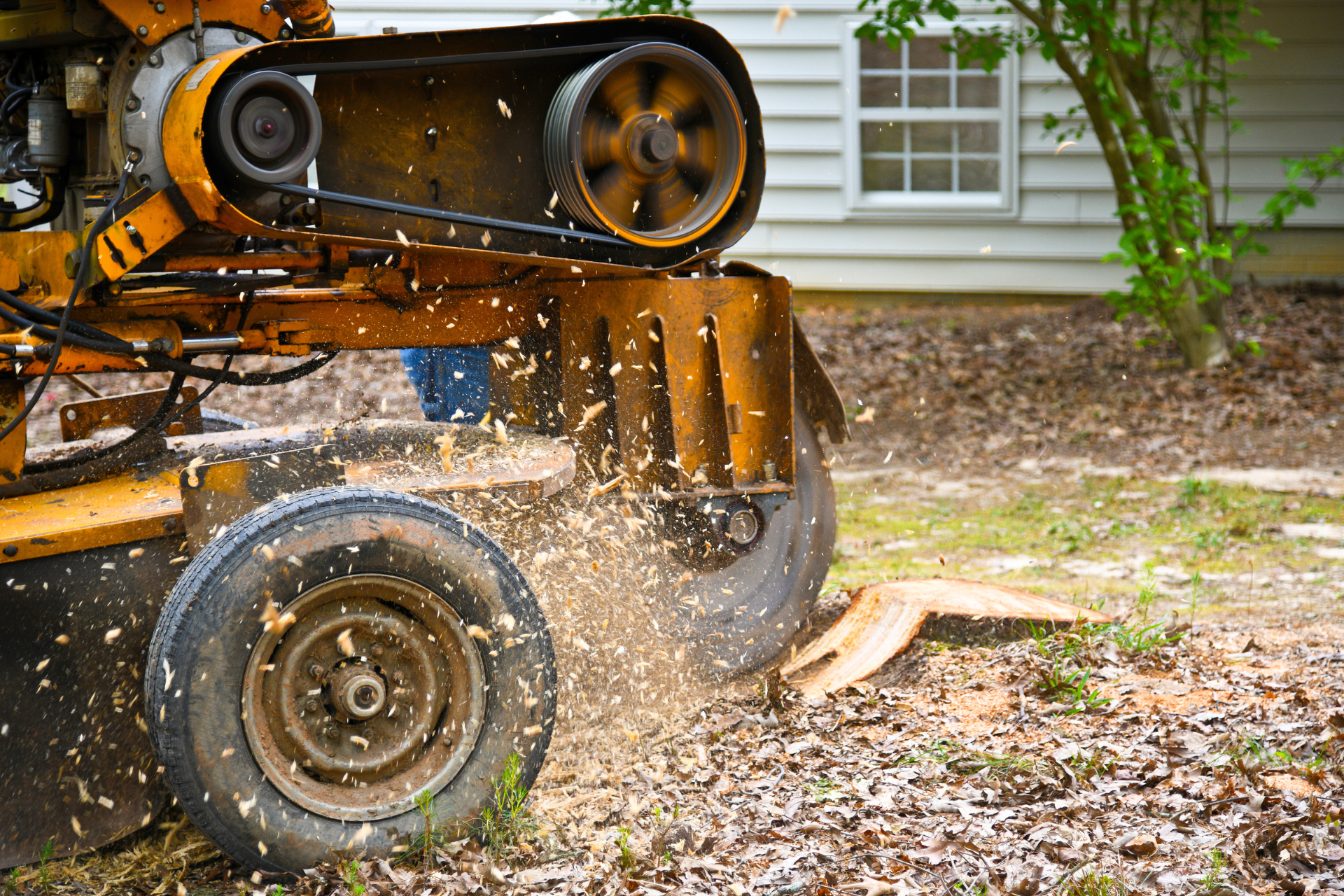
Get Fast Nixa Tree Service Now
Need immediate tree care? Call or text us today for a swift response and expert service.
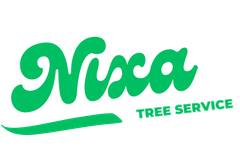
Nixa Tree Service offers the best tree removal, trimming, and stump grinding in Nixa, MO with unmatched quality and satisfaction.
Navigation
Services
Office Hours
- Mon - Fri
- -
- Sat - Sun
- Closed
All Rights Reserved | Nixa Tree Service
